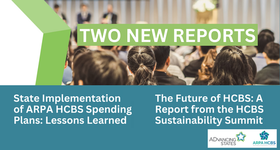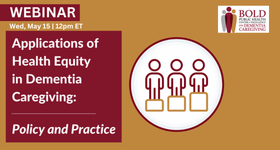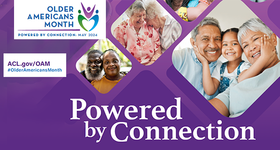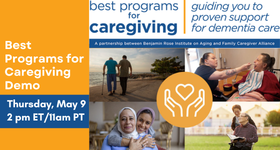Dissemination of Care Management Plus: Information Technology Tools for the Care of Seniors
Grant Summary
The John A. Hartford Foundation has awarded a grant to Oregon Health & Science University to implement the successfully tested Care Management Plus model of health care for elders, which utilizes a care manager and computer technology and should reduce deaths, decrease re-hospitalizations, and improve disease management for thousands of elderly patients in at least 32 primary care clinics. Funding through this grant will support implementation of the Care Management Plus model in at least 32 primary care clinics over 4 years, development of reimbursement methodology so that improving care to seniors and those with multiple chronic conditions is encouraged, and creation of a sustainable business plan for the model's dissemination beyond the funding period. The Care Management Plus model uses computer technology and a nurse care manager to help patients and caregivers self manage their conditions, prioritize their health care needs, and navigate an increasingly complex health care system. The unique computer technology includes a care manager tracking database, patient summary sheet, and messaging systems to facilitate communication and best practices among the health care team. Care managers within primary care clinics can work with patients who have long-term chronic diseases, patients who need more education, patients who require more time to understand medications or any other aspect of their care. They focus on the needs and preferences of older adults and those with complex medical conditions. As part of a five-year project supported through a grant from the John A. Hartford Foundation, Intermountain Healthcare developed a set of databases that care managers can use at the point of care to access disease-specific recommendations and reminders. The system starts when a patient is referred into the care management program. About 3-5% of patients at an all ages primary care practice or 10% (or more) of a practice geared towards older adults might be referred. Once referred, the team - with the patient and the care manager at the center - assesses the needs of the patient and their family, co-creates a care plan, and acts as a catalyst to ensure the care plan occurs. Information technology helps assure everyone can Access and Add to the care plan, follow Best Practices, and Communicate. People and Training People - the patient, their family and caregivers, the primary care team - are the center of any change in healthcare practice and outcomes. We offer training for interested groups at low or no cost. We have a Training Schedule, Training Information, or you can meet our Team. Information Technology - The ABC's A very important part of the system is to use appropriate tracking information technology to Access and Add to care plans, remind about Best Practices for individuals and the populations of patients in care management, and track and remind about Communication. Access, Best practices, and Communication: the ABCs. The system developed does a lot more as well - create reports needed for ongoing assessment and administration of a care management program, help document and keep updated on performance measures for many diseases and for the needs of older adults. With the help of many others, we developed modifiable, freely available information technology that care managers can use at the point of care to access disease-specific recommendations and reminders. This technology is specifically created for and by care managers and care teams that are responsible for the longitudinal care of older adults. They are available at the Tools section of our site.
Grant Details
Organization
Oregon Health & Science University
Status
Closed
Primary Contact
David A. Dorr
dorrd@ohsu.edu
Program Officer
Amy Berman
Location
Portland, Oregon




